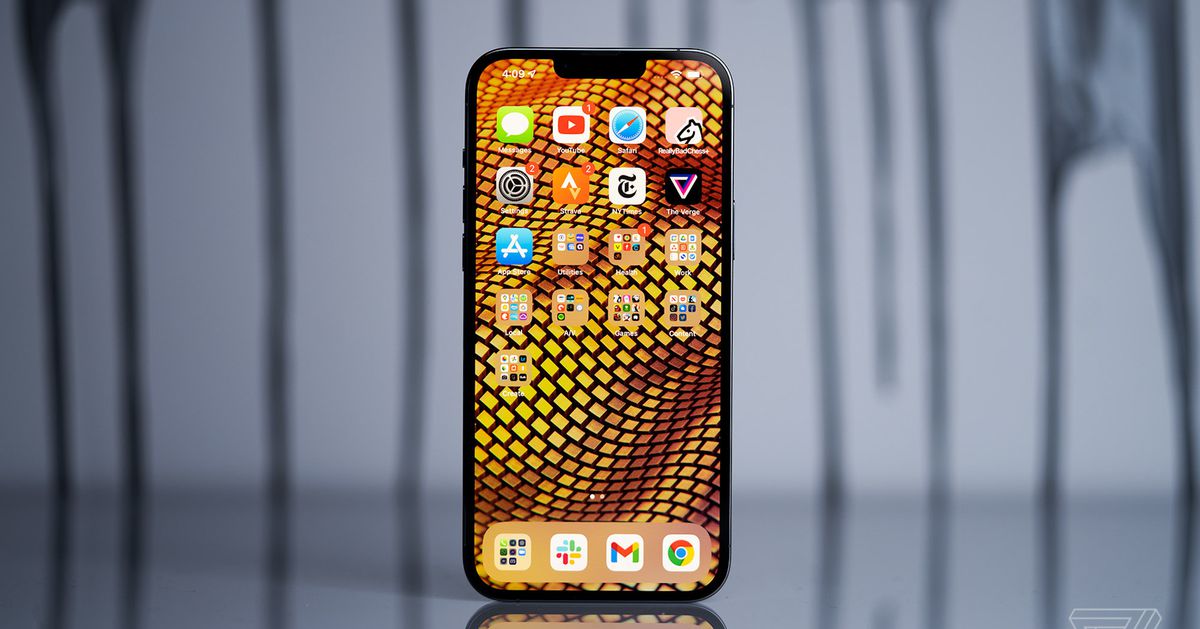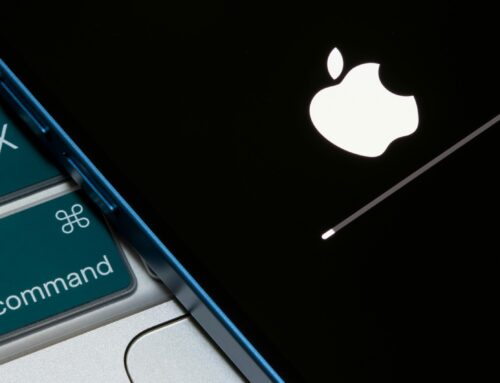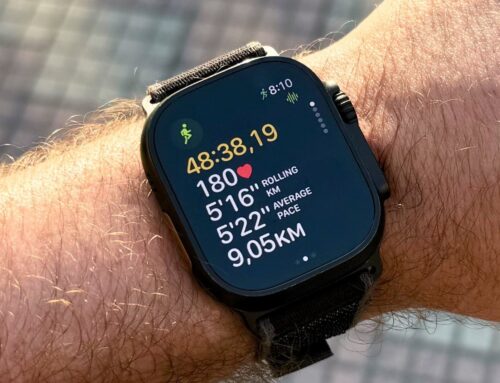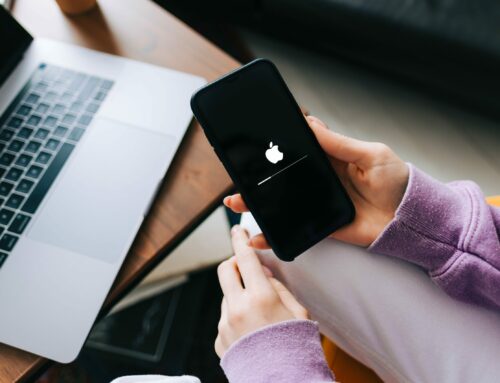Apple’s new iPhone 13 lineup might pack a lot of new features, but they now have a major restriction that makes it much harder for independent repair shops to replace broken screens. If you try to swap the screen, Face ID just won’t work — that is, unless you know how to microsolder and can successfully move a tiny microcontroller from the original screen to a new one, as detailed in an article from iFixit.
The change makes a very common replacement much more difficult for independent repair shops that may rely on screen repairs as a significant part of their business. Authorized Apple shops apparently don’t run into the problem, as they have access to software that “can make an iPhone 13 accept a new screen with a few clicks,” according to iFixit. But many indie shops aren’t part of Apple’s official Independent Repair Provider program, which reportedly has invasive terms, leaving them to have to try and find a way to repair iPhone screens on their own.
If you want to see just how involved the microcontroller switch is, check out this video from iCorrect. The repair is a multi-stage process that looks to take some time and require special equipment. And it’s almost certainly impossible for most iPhone owners to try it on their own.
Apple has steadily been pushing people away from repairs done by indie shops through ominous warnings shown after battery swaps and screen replacements for some iPhones. But the situation with Face ID breaking on an iPhone 13 means that people who want a screen repair don’t have many great options.
An authorized repair can be expensive, as is paying for AppleCare Plus for reduced screen repair prices. But when the alternatives include finding an indie shop that has the capability to pull off the delicate microcontroller swap, getting a screen replacement but sacrificing Face ID, or just living with a broken screen, paying up for an authorized repair might feel like the best option, even if it is the worst for your wallet.
Apple didn’t reply to a request for comment.







